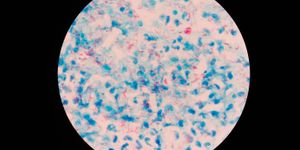What is Photoacoustic Imaging?
In the last decade, photoacoustic tomography has slowly emerged as a versatile, radiation-free imaging modality that bears great potentials for basic research and clinical diagnostic applications.
Its underlying principle is the photoacoustic effect—sound waves arise following light absorption in a material.
To use this imaging method, a technician illuminates the tissue of interest with a short-pulse, non-ionizing laser at close proximity. Chromophores within the tissue absorb the photonic energy of specific wavelengths and start to vibrate. The vibration of these molecules causes the expansion of the tissue structure, which can generate acoustic waves for detection.
These acoustic signals are in the ultrasound range, which allows them to propagate through several thin layers of tissues with minimal scattering, and get detected by a tomographic array. Image-reconstructing programs with advanced algorithms convert the detected signals 2-dimensional or even 3-dimensional images, providing researchers or physicians anatomy and pathology information about the examined tissue.
Different chromophores, such as deoxygenated hemoglobin and its oxygenated counterpart, have distinct absorption profile with wavelength-dependent strength in response to multi-spectral laser pulses.
On top of the two forms of hemoglobin, photoacoustic imaging can also detect melanin, lipid, collage, water, and contrast agents specifically designed to locate various biomarkers.
Source: Seeker








